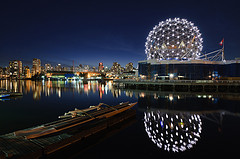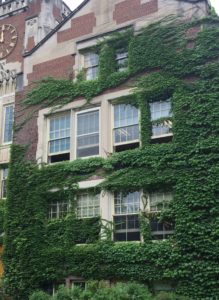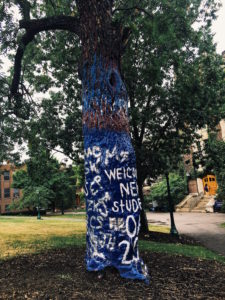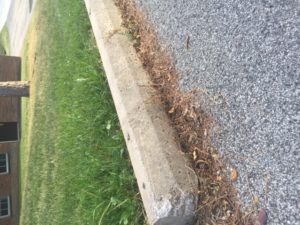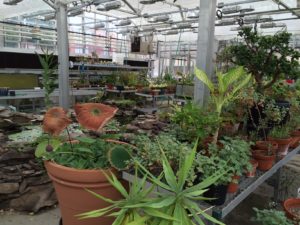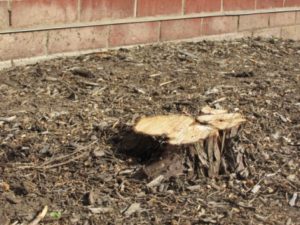Racheal Devine about 250 words
INTD: Science Writing
rmd20@geneseo.edu
Man vs. Nature
By: Racheal Devine
When the college was built, many things were torn down to make room for the buildings we now take our classes in. As the buildings settled in, workers planted trees, shrubs, as well as other landscape to bring the “nature feel” back to campus. It has become evident on many buildings throughout campus that nature has taken over. Not as in the animals have taken over, and the buildings are overgrown to where you can’t see them, but looking around at the unique vines that climb up the walls of Sturges and the Student Union bring back that sense of nature. I’m sure these vines have attached themselves around many other buildings that I have yet to see. Little by little, they have made this place their home. Whether they’re engulfing the sides of walls, filling every crack, or making a walkway appear as so much more. Walking around campus, you may look at them as weeds that someone placed there, but looking closer you realize how beautiful and unique these vines really are. They represent the buildings age, beauty and character. Each vine has its own special characteristics and adds so much to the buildings they cover. Some are long, some are short, some have bright green leaves, while others turn brownish, preparing to shed for fall but always returning. As there are many different aspects in nature, one thing they all have in common is the fight to take back the land that was once theirs.
